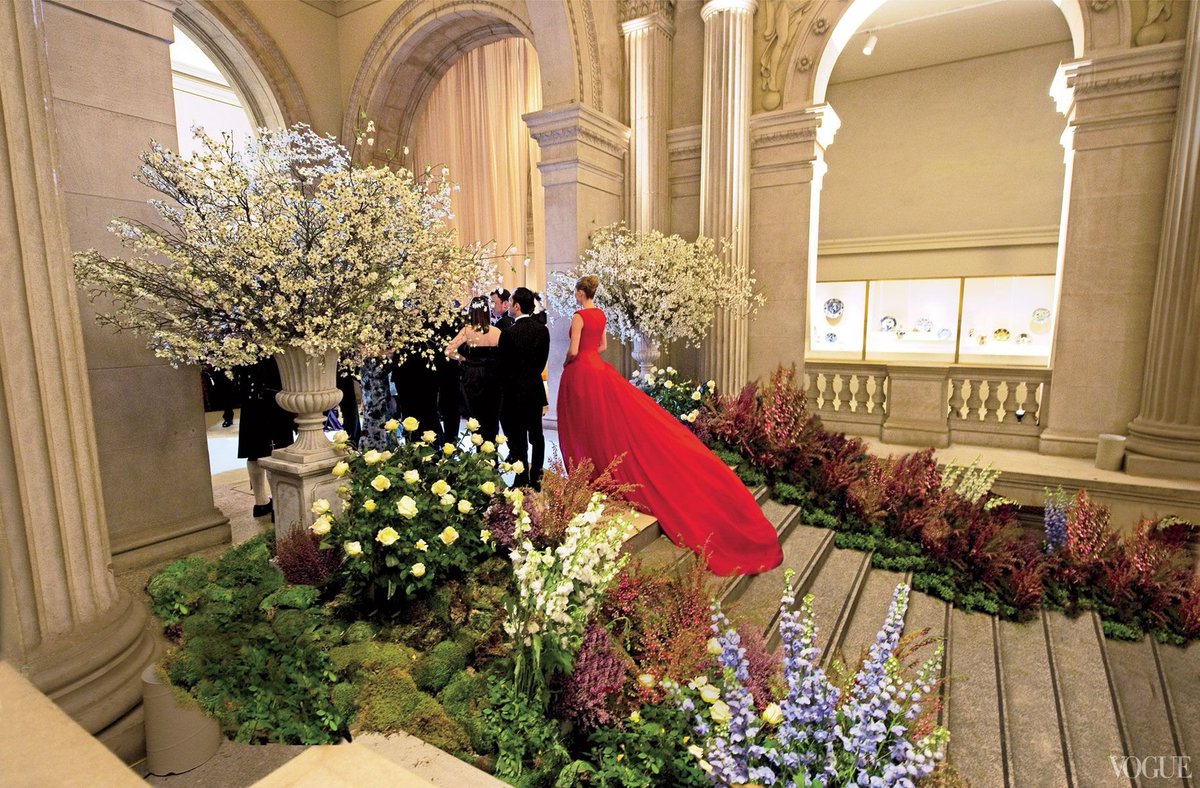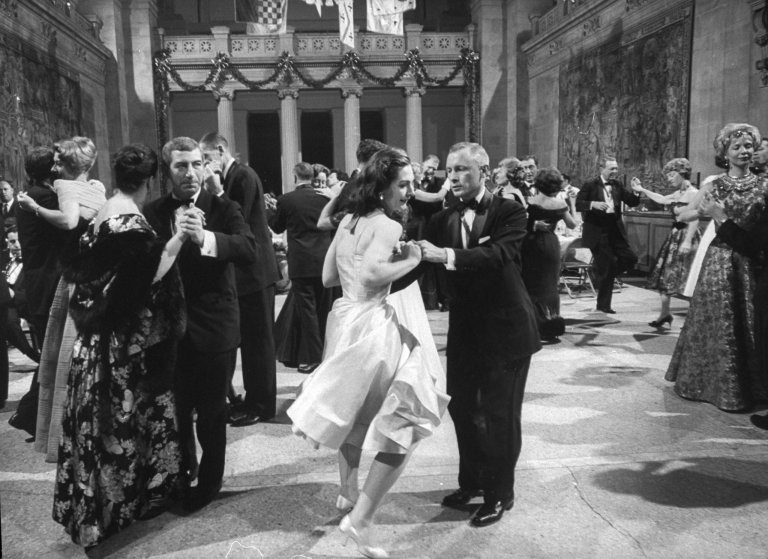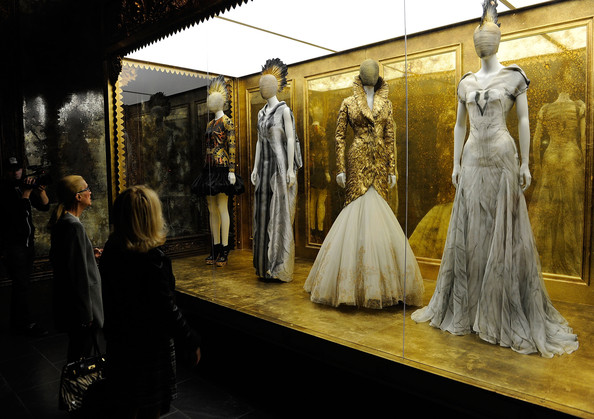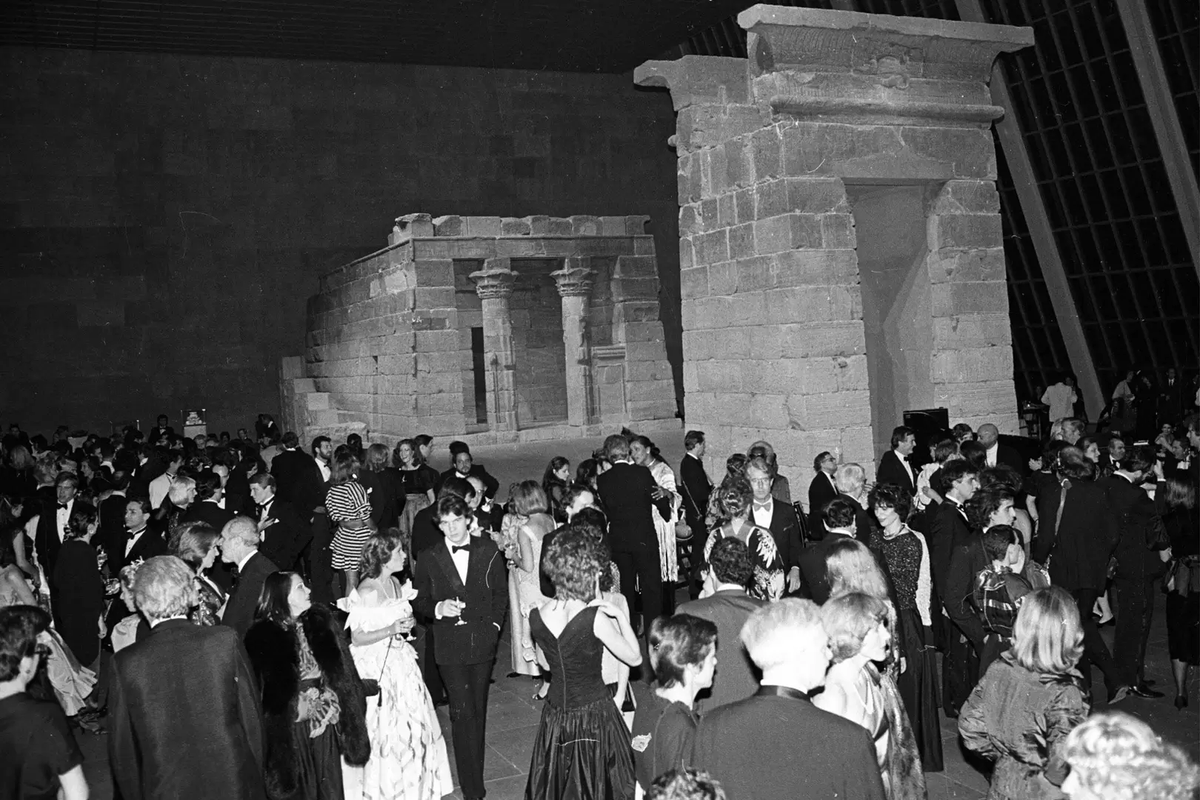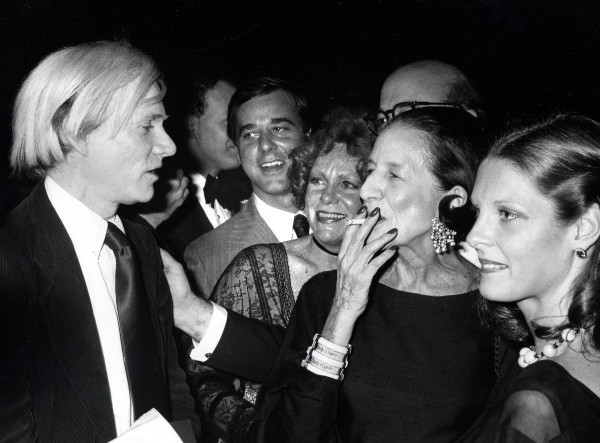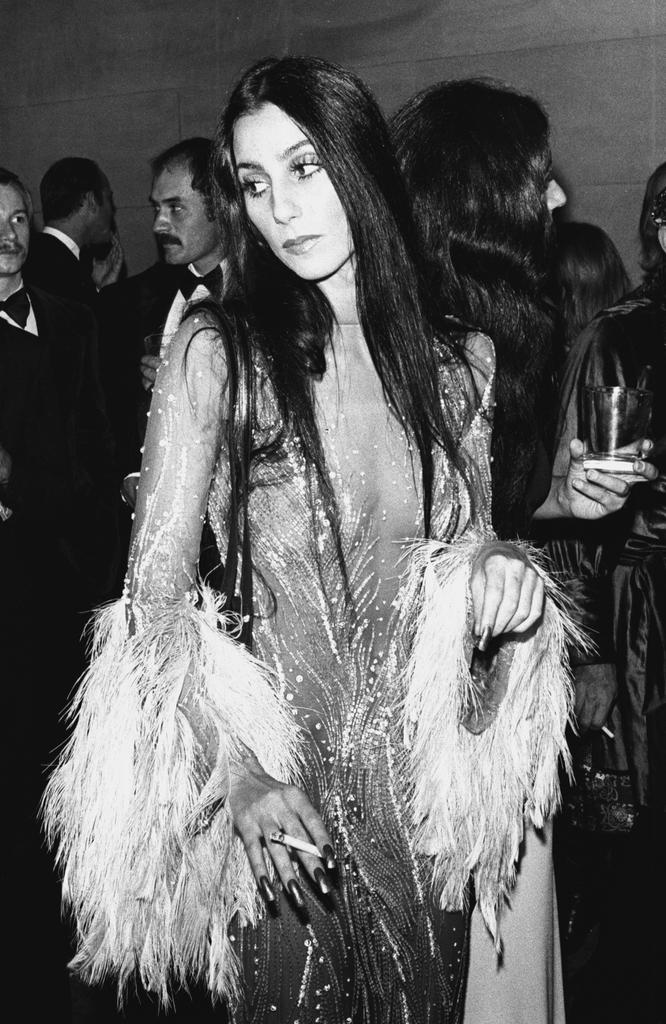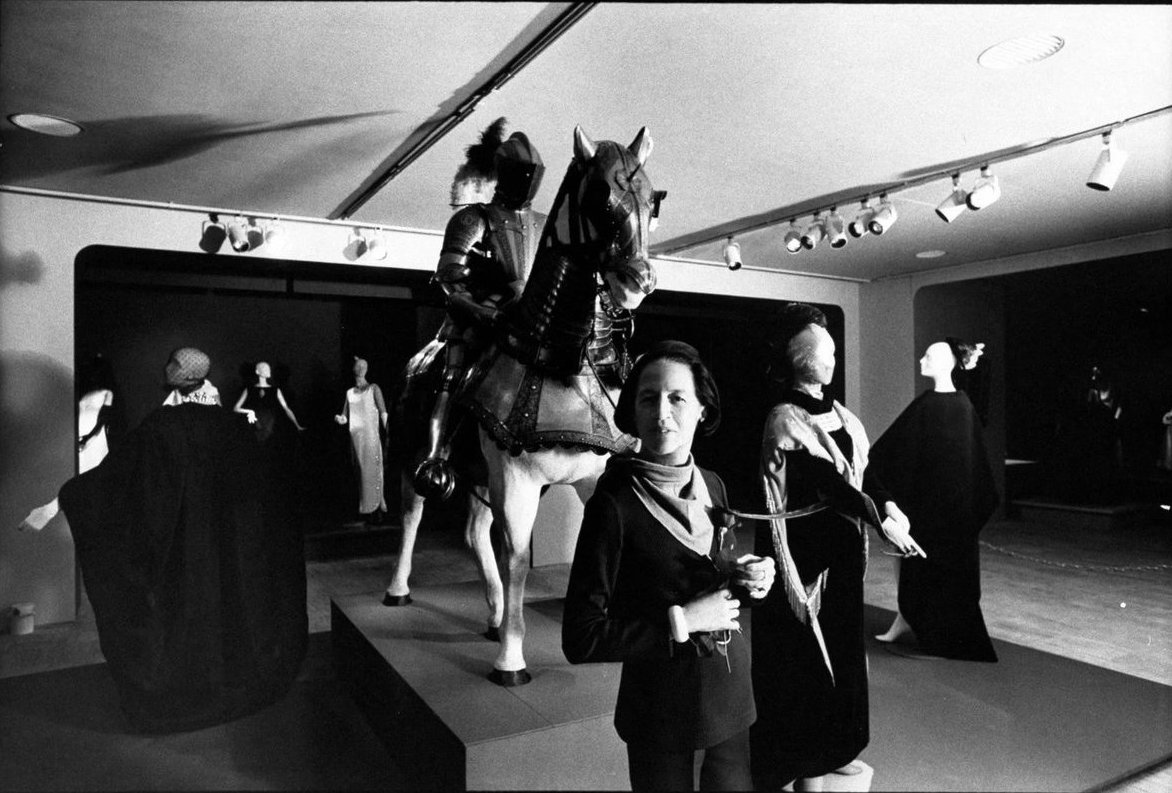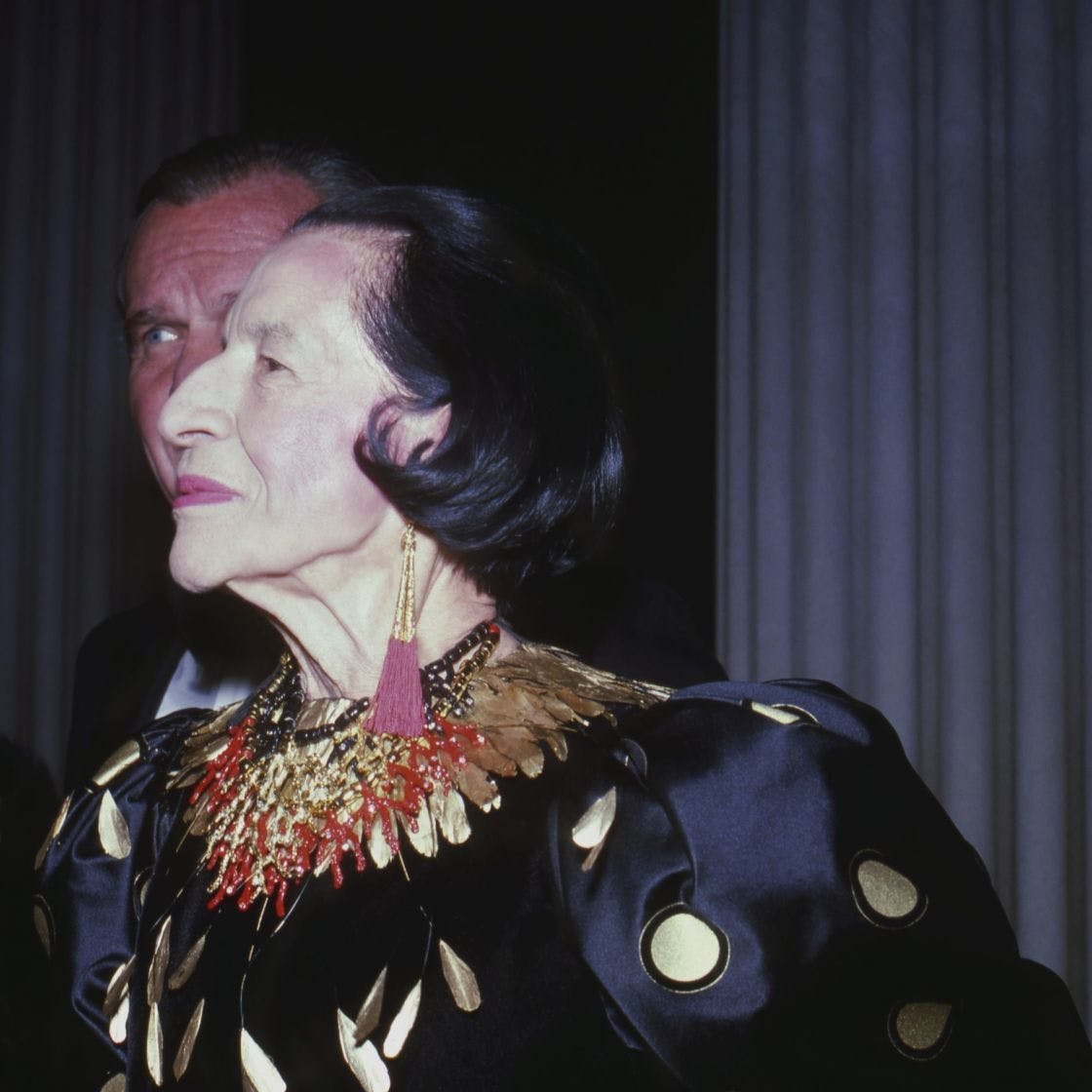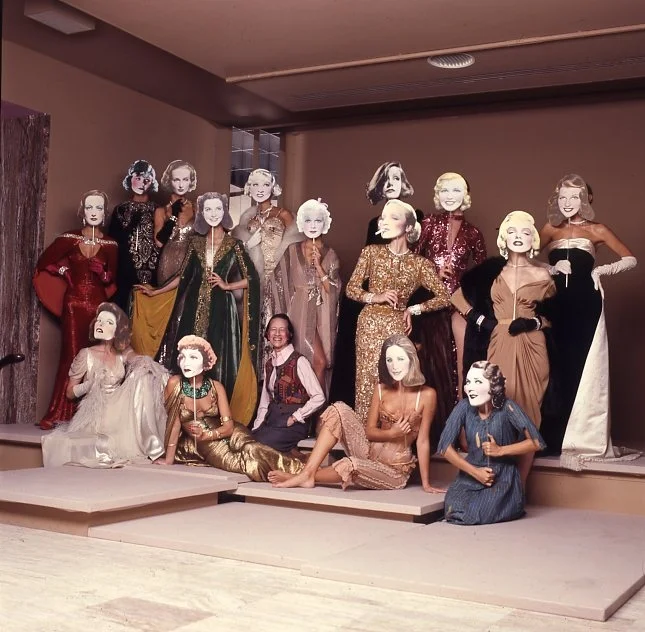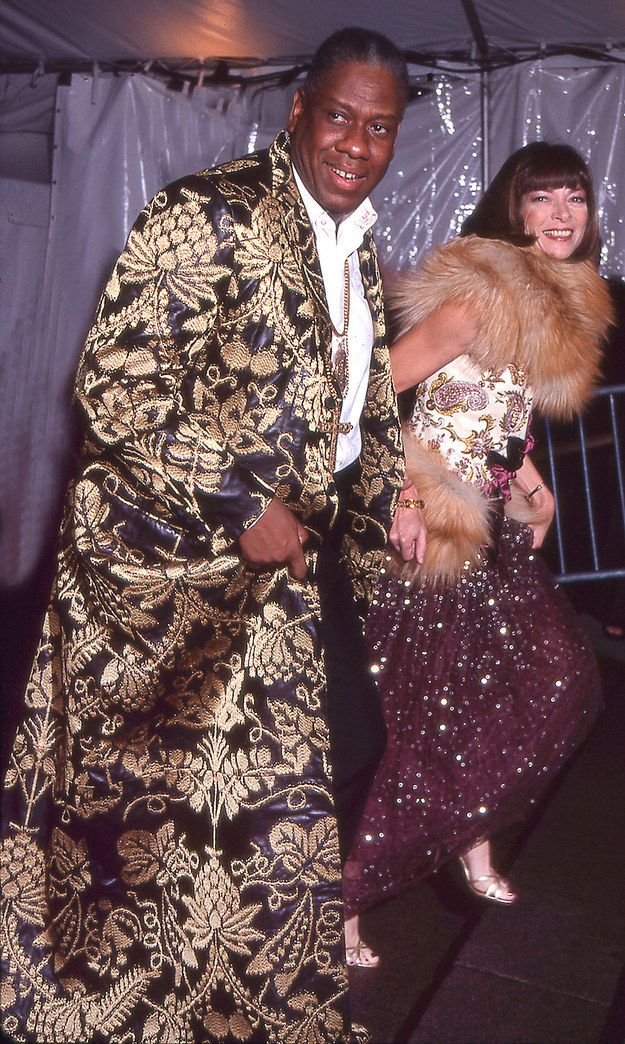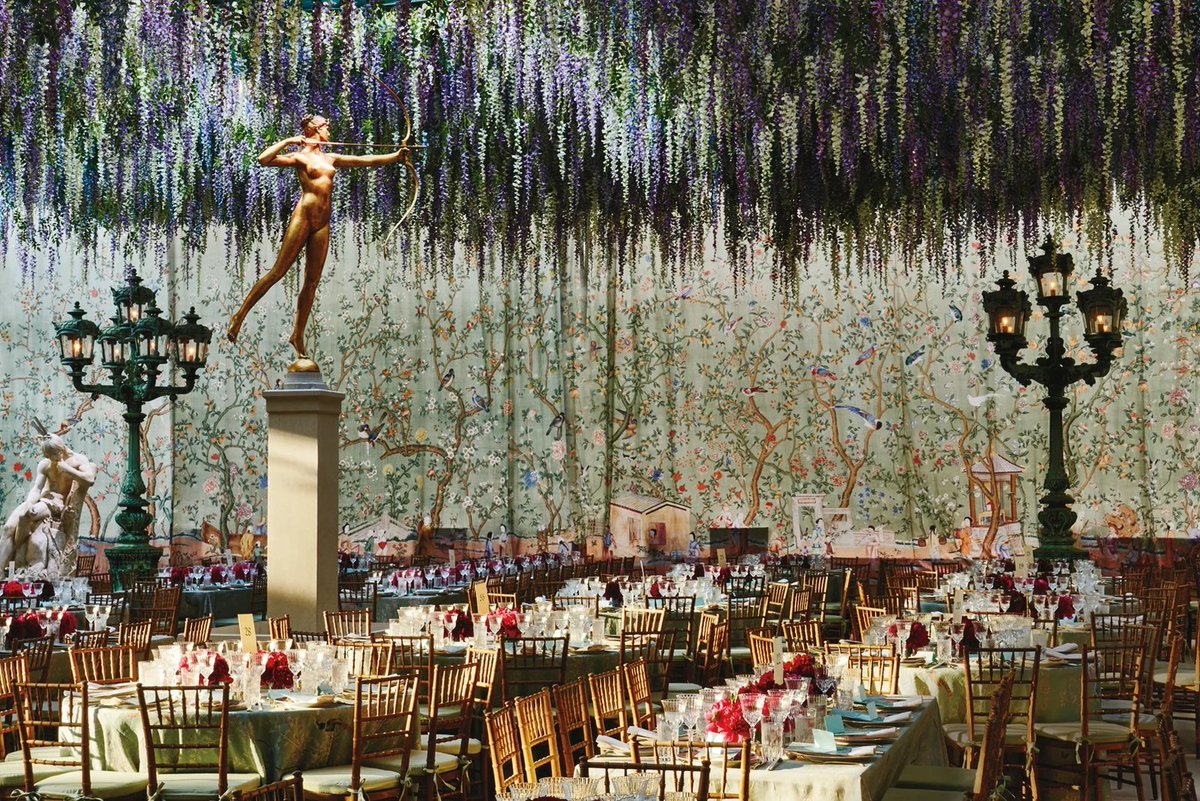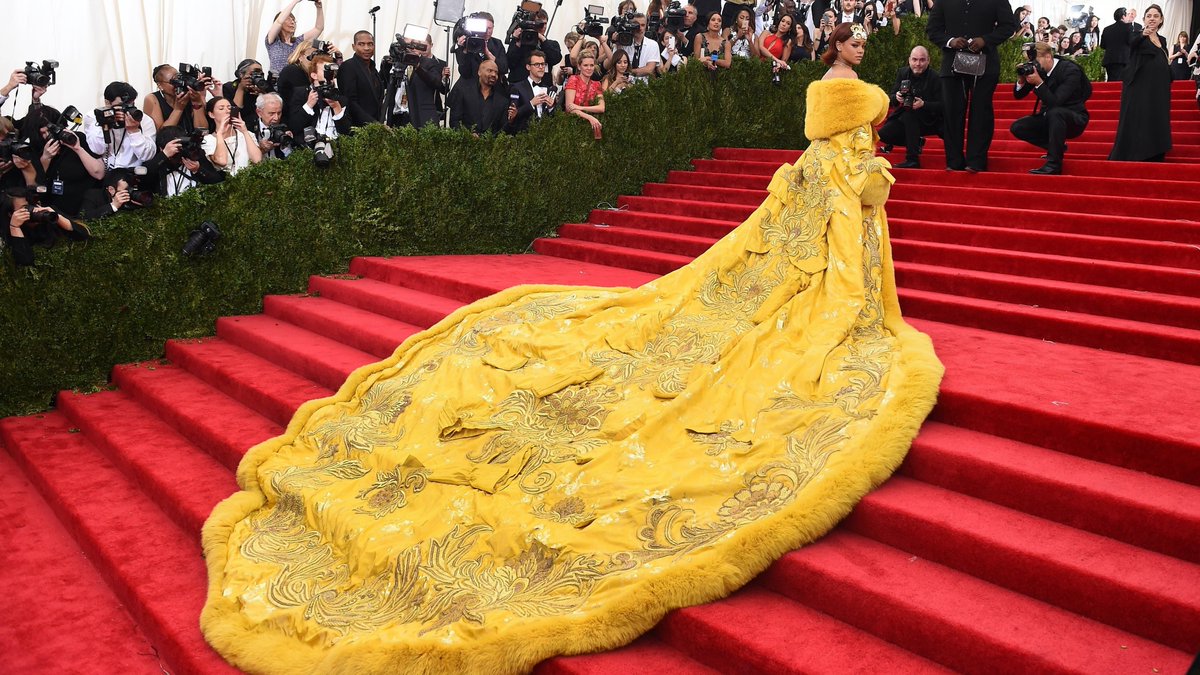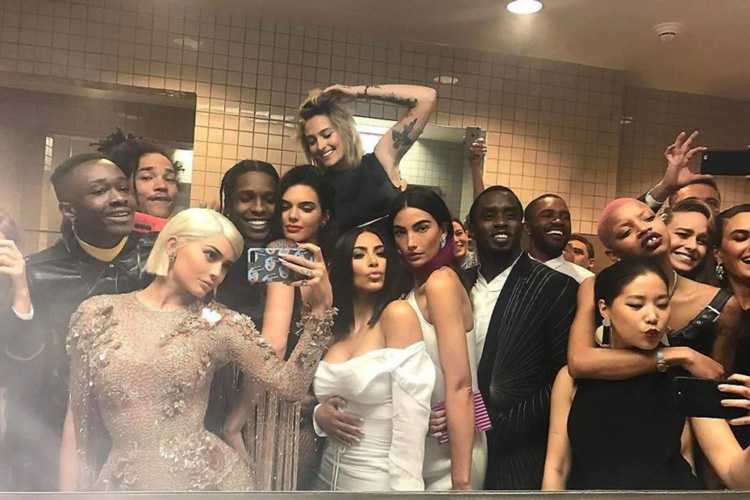Established by 1948 and formally known as the Costume Institute Gala, the Met Gala is an annual fundraising gala for the Met Museum and has become one of the most exclusive social events in the fashion industry.
The gala was created by famed fashion public-relations expert Eleanor Lambert, originally as a way to raise money for the newly-merged Costume Institute at the Metropolitan Museum of Art in New York City which was known as the Museum of Costume Art.
The Costume Institute collects more than thirty-three thousand fashion pieces spanning seven centuries, and aims to a deeper understanding of fashion, exploring its artistic and historical significance with their active curatorial program.
The department consists of fashion historians, preservers, and archivists that are behind the exhibit every year, without them there would be no exhibit. We would like to thank the Costume Institute for all their efforts in conserving fashion so it can be shared with the world.
The first Met Gala was a dinner, a constant that has remained through the years. Tickets were $50 each with entrance granted to elite members of New York high society or the fashion industry.
The location changed year to year, with such hosts as the Waldorf-Astoria Hotel, the Rainbow Room of the Rockefeller Center and Central Park.
In 1972 when Diana Vreeland joined the team as the special consultant at the Met for the Costume Institute, she had just left her position as editor-in-chief for Vogue. It was her idea to transform the dinner into a party, implementing yearly themes related to the new exhibition.
Once considered an obscure corner of the Met frequented mostly by scholars and designers, Diana’s signature flamboyance and specificity turned the Costume Institute into a genuine attraction.
Invitations were mailed out to celebrities, and slowly the Met Gala became one of the most important nights on the NYC social calendar. The event moved to the basement of the museum, where the costume exhibition would be staged.
Diana created a true art spectacle each year for the visitors of the Met, breathing new life into the Costume Institute. She said she wanted everyone to understand her shows and created an immersive fashion experience for attendees.
Her 1973 exhibit, The World of Balenciaga, saw an influx of donations and visitors to the Costume Institute and Met at large through the months that it ran, setting the stage for the Met Gala to develop into the fundraising powerhouse that it is today.
During the Vreeland era, the Met Gala was considered a local event for traditional society. Though many celebrities attended, tickets to the after party were available to students, for example those in the fashion design program at Parsons.
In the late 1980’s, the focus swept away from philanthropy, changing from schools, hospitals and the whole cultural scene to a money focused one. This allowed the Met Gala attendee list to shift towards famous celebrities.
Anna Wintour officially joined the Met Gala team as a co-chair in 1995, but it was in 1998 when she would take leadership of the event, a place where she remains today. Once she took over, the event became the extravaganza we know and the popularity skyrocketed.
When Anna took on this role, she was also making big changes in Vogue USA as editor-in-chief. During the years to come, the magazine would stop focusing on models and shift their eyes to the celebrity world, a change that would be reflected in the Met Gala.
Currently, she and her team control the guest list, the seating plan, media coverage and even the guest wardrobe. This professionalization turned the Gala into a ultra-exclusive event, only acessible to those big in show business.
The invitees are chosen through different ways. While some are invited by Wintour herself, others are invited to join directly by fashion brands that they have a relationship with, or by Vogue staffers who hand-pick and match them with fashion houses.
Tickets can be purchased, but, in typical capitalist fashion, the exclusivity of the event has raised the price to more than $35,000 dollars - demonstrating the obscene amount of money that is hoarded by not only the industry, but the class of celebrities that typically attend.
In 2015, Wintour imposed a social media ban inside the event, trying to secure privacy, safety and enjoyment for the guests. Despite this, the rule has been broken many times and we have seen glimpses of what goes inside thanks to some celebrities who can’t hold themselves back.
Over the years, the Gala has become an event covered by not just fashion, but mainstream media as well. As a result, a lot of commentary by the public has failed to understand the real meaning of the Gala - the focus on fashion, art & compliance with the often complex theme.
This is why we are very excited to bring the Met Gala to the hf twitter community - a group of people who appreciate the art and history behind Met Gala and who will undoubtedly bring their fashion A game! We cannot wait to see what this year& #39;s theme About Time will inspire!

 Read on Twitter
Read on Twitter